
What Are the Different Types of Mushroom Stone Masonry?
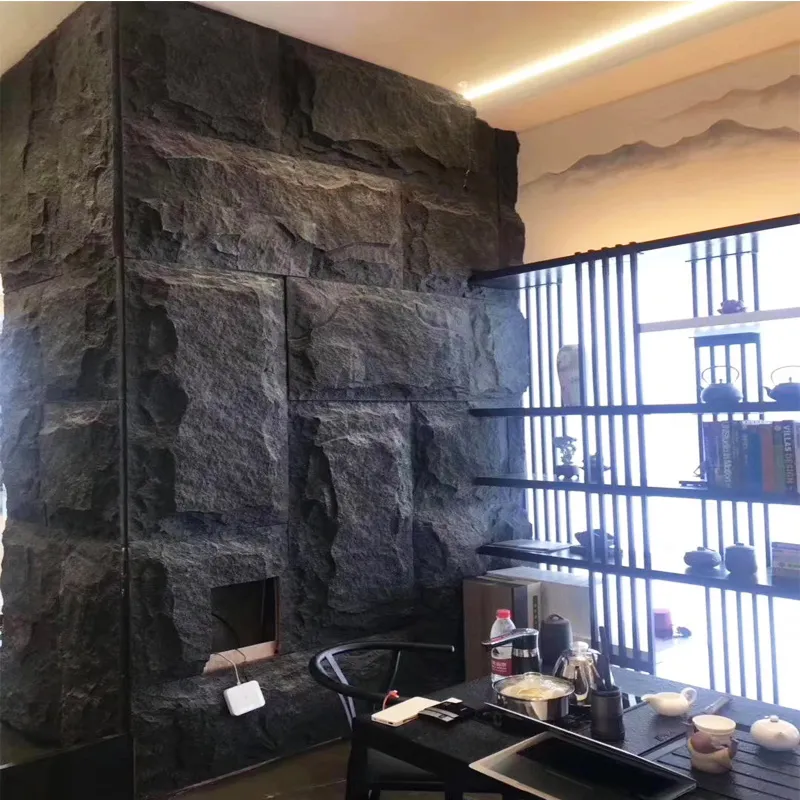
Let's be honest—when you hear "stone masonry," you might picture those ancient cathedrals or grand palaces in history books. But what if I told you there's a stone technique that brings that same timeless character right into modern homes? That's exactly what mushroom stone masonry does. Unlike those precisely-cut stone blocks you see in formal buildings, mushroom stone has this wonderfully organic quality that feels like you're bringing nature indoors.
The name says it all—these stones get their distinctive appearance from skilled stonemasons who chip away at the rock surface with traditional masonry tools , creating a beautiful, irregular texture with raised reliefs. The result? Stones that look like they've been gently weathered by time—rounded edges, soft ridges, and surfaces that beg to be touched. It's like giving your home that cozy, rustic personality everyone secretly craves.
The Art and Craft Behind Mushroom Stone Masonry
Creating mushroom stone isn't some mechanical assembly line process—it's where patience meets artistry. Picture an experienced stonemason taking a piece of rugged natural stone—granite, sandstone, limestone—and carefully chipping away at its surface with controlled blows. Those blows reveal the stone's soul, uncovering the softer layers beneath the surface.
The true magic? This chiseling technique transforms the stone's surface into a landscape of soft peaks and valleys. Unlike polished stones that shine like mirrors or rough-hewn rocks that feel jagged, mushroom stones invite gentle conversation about texture while maintaining safety and comfort underfoot or against your skin.
Why Designers Love Mushroom Stone
There's something magical about how mushroom stone fits so naturally into any setting. When designers need to bring that authentic countryside charm to a fireplace, mushroom stone answers the call. Looking to create a stunning outdoor patio? Its uneven texture means you won't slip even when it rains. Even in modern spaces with clean lines, mushroom stone becomes that warm, textured accent that keeps things from feeling sterile.
Practical Tip for Your Home
Want that timeless Mediterranean villa feel? Wrap your home's entry columns or boundary walls in mushroom stone. The sunlight plays on those textured surfaces differently throughout the day, giving you subtle shifts in character without any effort.
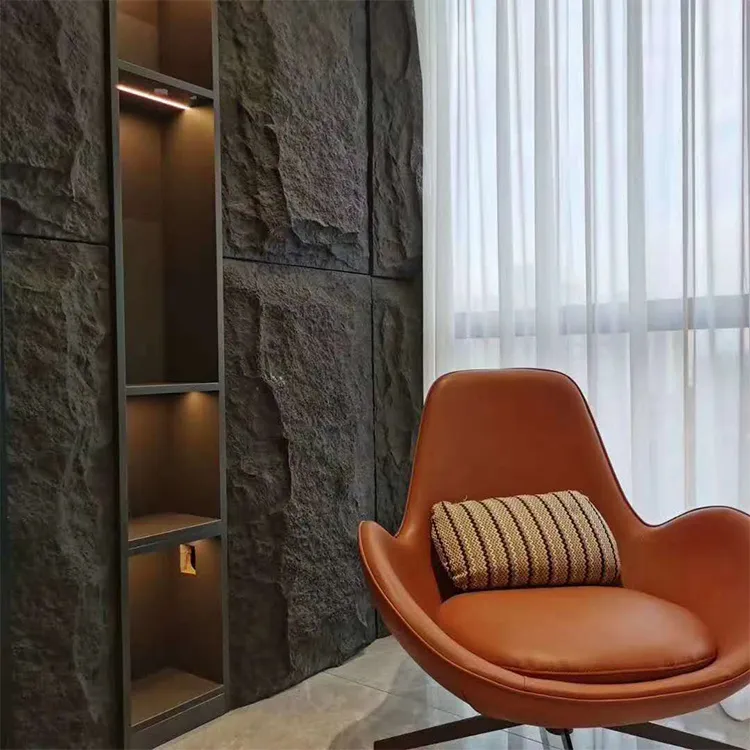
The Most Popular Mushroom Stone Varieties
1. Mushroom Rubble Masonry: Unruly Beauty
This is where chaos meets purpose—the stones aren't perfectly shaped; they're irregular, asymmetrical companions that seem to lock together like puzzle pieces. That's mushroom rubble masonry. Craftsmen use traditional methods to chisel each piece, emphasizing their rugged personality rather than smoothing it away.
The key to getting it right? Arranging them so their surfaces form a beautiful uneven rhythm. For accents around fireplaces or garden retaining walls, this type brings personality you just don't get from uniform bricks.
2. Layered Coursed Mushroom Masonry: A Gentle Cadence
Here, mushroom stones get organized but never stiff. Masons place pieces of roughly similar height in horizontal bands, each slightly differing in width. The surface texture retains that signature mushroom character, while the layered courses bring a quiet rhythm to your walls.
You'll find this style in courtyards and church buildings—it gives off that feeling of quiet strength without feeling imposing. Perfect for those who love the idea of an old-world cottage without leaning into cliché.
3. Polygonal Mushroom Work: Where Edges Tell Stories
For a more architectural statement, polygonal mushroom masonry fits the bill. Stonemasons shape stones into multisided blocks—pentagons, hexagons, and irregular polygons—then carve that distinctive mushroom texture onto each piece.
When assembled, it creates a dynamic puzzle with unexpected shadow plays. Ideal for modern homes seeking warmth, or as stunning feature walls that feel simultaneously natural and thoughtfully designed.
4. Flint Mushroom Masonry: Resilience Wrapped in Texture
This one's built for the long haul. Flint stones, naturally tough and resilient, get the mushroom treatment. Stonemasons carefully carve their surfaces to reveal layers that weather gracefully over time—perfect for homes needing durable beauty that stands strong against the elements.
Picture coastal homes or mountain cabins where stones need to withstand wind and moisture—flint mushroom masonry becomes both functional armor and tactile art.
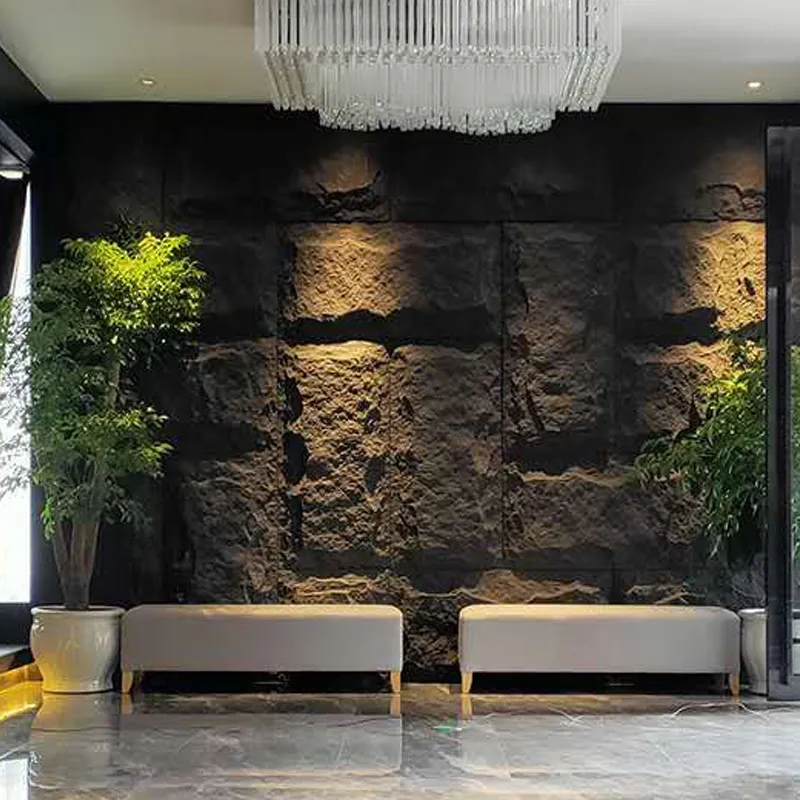
Choosing Your Stone Soulmates
- Sandstone Mushroom Masonry —This is warmth incarnate. With its golden and russet tones, sandstone feels like it's soaked in sunlight. Its slightly porous texture takes the mushroom treatment beautifully for inviting pathways or garden walls.
- Granite Mushroom Masonry —For strength that whispers rather than shouts. Granite’s natural speckling—greys, blacks, whites—gives depth, while the mushrooming brings out subtle patterns within the stone. Ideal for statement entries or kitchen accents that can withstand daily life.
- Limestone Mushroom Masonry —Sophistication without stiffness. Limestone offers creamy, soft tones that work wonderfully as carved mushroom pieces. Gentle yet elegant, it fits formal courtyards without losing approachability.
- Laterite Mushroom Masonry —Rich reds and warm browns set the tone here. Laterite develops a unique patina over time, evolving along with your home. Its earthy tones bring natural harmony to landscapes and outdoor retreats.
Remember—mushroom stone isn't just about choosing a type; it's about embracing how your chosen stone ages. Think of moss gently hugging sandstone over time, or rainwater deepening limestone’s soft patina—all adding to its character.
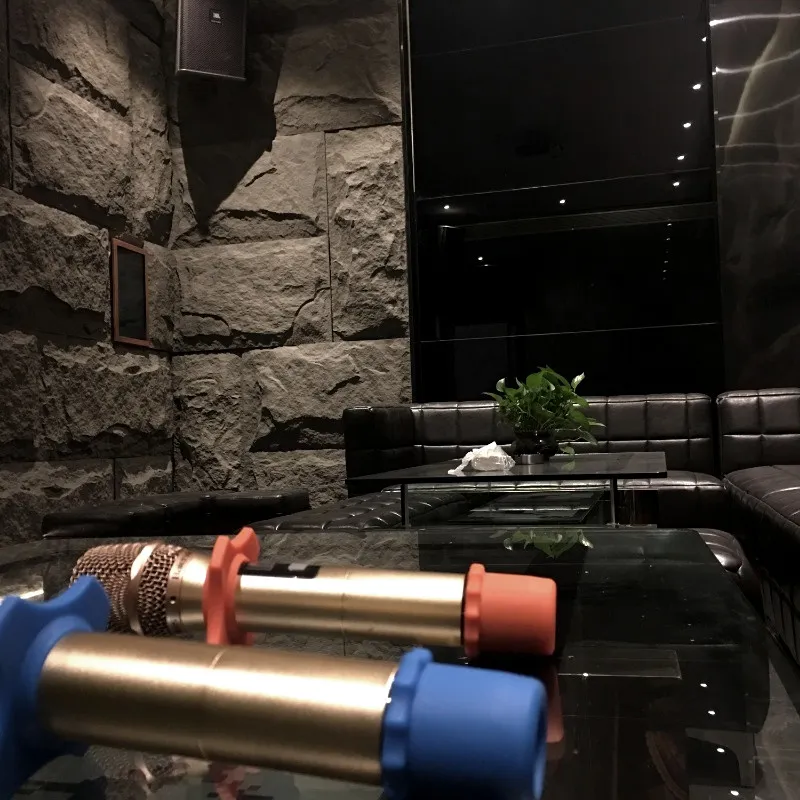
Mushroom Stone Masonry in Everyday Spaces
Your Home's Personality Statement
Imagine guests entering your home—their eyes drift to the fireplace surround carved in textured mushroom stone. That's your opening conversation piece. Designers love working mushroom stone into entry columns because it transforms "just walking inside" into "stepping into a story."
Patios & Paths That Feel Alive
Ever walk on perfectly uniform concrete paths? Now try the same walk on mushroom stone—each step gives you gentle shifts underfoot. That irregular texture makes it non-slip, while the stones themselves feel like extensions of the natural environment. Perfect for gardens where you want the materials to blend rather than dominate.
Retaining Walls That Tell Stories
Retaining walls don't need to be purely functional. With mushroom stone, they become rustic canvases adding character to your landscape. Whether using layered coursed styles for structure or rubble-work for wilder textures, each piece feels deliberately placed yet wonderfully casual.
Design Tip
Pair mushroom stone with wood decks or crisp painted walls. This blend highlights texture contrasts—where smooth meets rugged—making both materials feel more intentional. Also consider lighting—spotlights grazing mushroom stone surfaces create subtle shadow patterns that change throughout the evening.
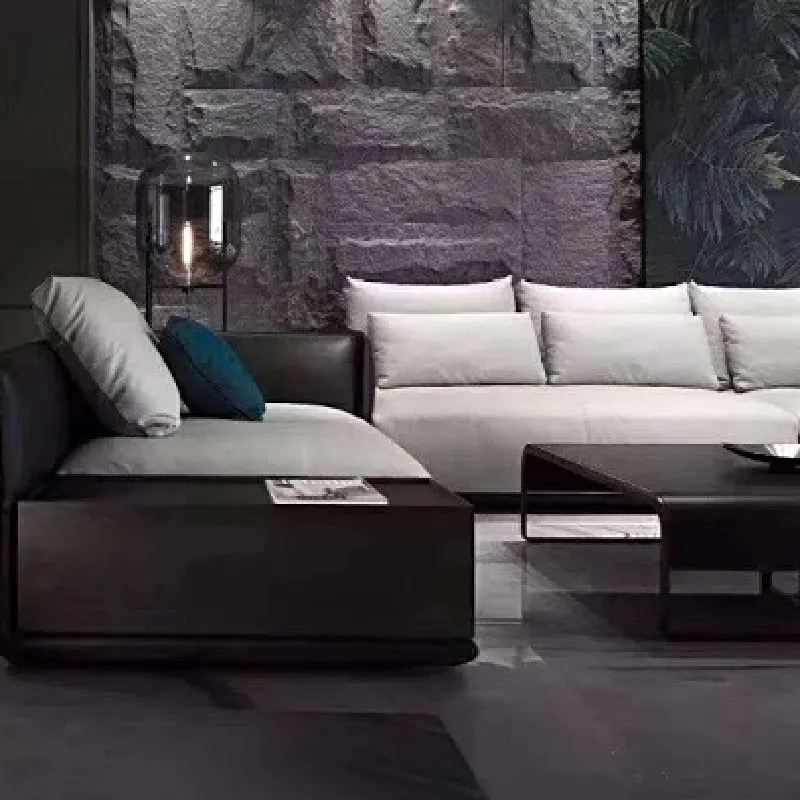
Why Mushroom Stone Makes Sense Today
In our increasingly digital world, natural textures help ground us. Mushroom stone delivers that sensory connection—it’s visually appealing with its relief surfaces, pleasant to the touch, and reminds us daily of nature’s artistry.
Its sustainability story adds to its charm. Being naturally durable, mushroom stone installations last generations—outliving trends and tastes. Plus, sourcing local stones means your home connects directly to its surrounding landscape.
Putting Your Mushroom Masonry Vision Together
Find Your Inspiration: Look beyond Pinterest boards—visit historic villages, nature preserves, or stone quarries to see mushroom stone textures under natural light. Notice how shadows interact with relief patterns at different times of day.
Work with Specialists: Not all stonemasons specialize in mushroom stone carving. Seek out those who understand how to reveal its personality without erasing its natural character. Their craftsmanship ensures every installation feels uniquely yours.
Consider Long-Term Care: One of mushroom stone's beauties is how it gracefully ages. Understand sealing requirements if using it for countertops (though we prefer it outdoors or fireplace accents). Otherwise, letting nature’s patina develop over decades becomes part of its charm.
Final Thought
Mushroom stone masonry is less a building technique and more a tribute to nature’s endless variations. Its textured character—soft ridges, irregular peaks, evolving patinas—brings everyday architecture into deeper relationship with the organic world. Whether anchoring your garden paths or wrapping your fireplace in warmth, these stones become living parts of your home narrative, telling stories both through their surfaces and over time.
Designers constantly return to mushroom stone because it speaks through subtle sensations—not statements—creating environments that comfort rather than confront. That ability to transform buildings into sanctuaries through texture and form? That’s timeless art in the world of masonry.
Tags:
Recommend Products











